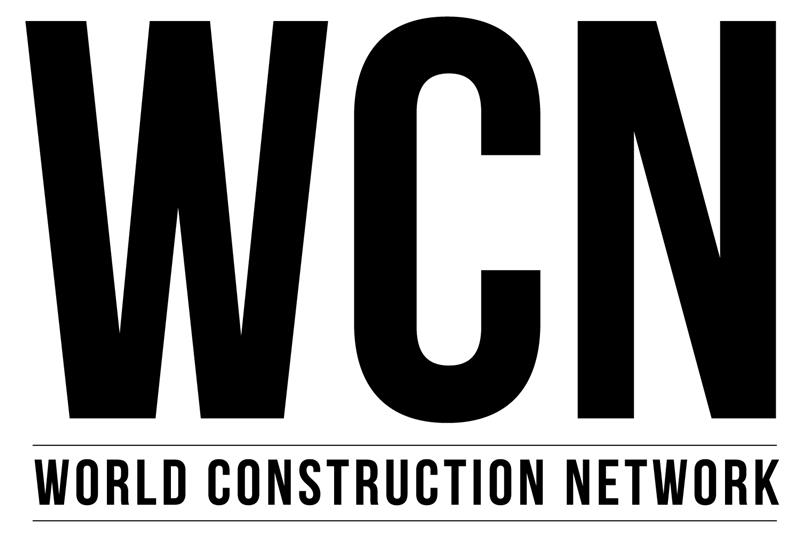The global construction industry is in the process of recovering from the unprecedented disruption caused by the Covid-19 pandemic and policies enacted to contain the spread of the virus. Although recovery is underway, there are still major risks stemming from new waves of Covid-19 infections and the reintroduction of restrictions on economic activity. Nevertheless, global construction output is predicted to grow by 5.3% this year, according to GlobalData, and the latest projections for the IMF show that the global economy will expand by 6.0%.
The recovery in construction industries around the world will be far from uniform, owing primarily to the varying success in containing new waves of Covid-19 but also to the underlying risks across markets. GlobalData’s Construction Risk Index (CRI) provides a standardised view of the country-level risks facing the construction industries in 92 major developed and emerging markets around the world. The CRI model provides an analysis of current conditions and a forward-looking assessment of general and specific risks that could undermine the growth prospects for the construction industries, by preventing new projects from being executed, disrupting existing projects or ultimately leading to project failures.
The CRI focuses on four key risk pillars, political risk, financial risk, economic risk, market risk. In the latest update of the CRI, the model has been adjusted so that certain elements of economic and market risk assess a country’s performance relative to its pre-Covid-19 setting. This is to avoid rewarding markets that are set to expand at historically high rates in 2021 but only after having suffered severe contractions in 2020.
Compared to the Q4 2019 CRI rankings, there have been some major movements in the top-ranked markets. Notably, Singapore has dropped to 14th place in the Q1 2021 rankings having held the top spot in Q4 2019. This is primarily a reflection of the severity of the impact of Covid-19 on Singapore’s economy and its construction industry. However, owing to its low risk political and financial environment, Singapore still achieves an A2- rating.
New Zealand occupies the top position in the latest update of the model, improving from second place in Q4 2019. Although not specifically captured in the model, the New Zealand Government’s successes in managing the Covid-19 crisis correlates with its low-risk score in the CRI model. Other notable changes in the top 10 positions in the latest rankings update include Taiwan’s shift up to the sixth place (from 19th in Q4 2019) and Sweden’s move to fifth place (from 14th).
The CRI provides a risk rating for all markets, ranging from the lowest risk rating of A1 to the highest risk rating of D2. There are only three markets that are A1-rated, namely New Zealand, Denmark and Switzerland, with a further 20 markets that are A2-rated, 13 of which are in Europe.

US Tariffs are shifting - will you react or anticipate?
Don’t let policy changes catch you off guard. Stay proactive with real-time data and expert analysis.
By GlobalDataOut of the 92 markets covered, the risk ratings for 55 markets have remained unchanged in the latest update compared to Q4 2019. Of the 37 markets that have had a change in their ratings, 20 had a rating downgrade. At the lower end of the rankings, the countries that have had a ratings downgrade from a C2-rating to a D-rating are Mozambique, Bolivia, Argentina, Myanmar and Algeria. Those that retain a D-rating are Iran, Pakistan, Iraq, Angola and Venezuela.






